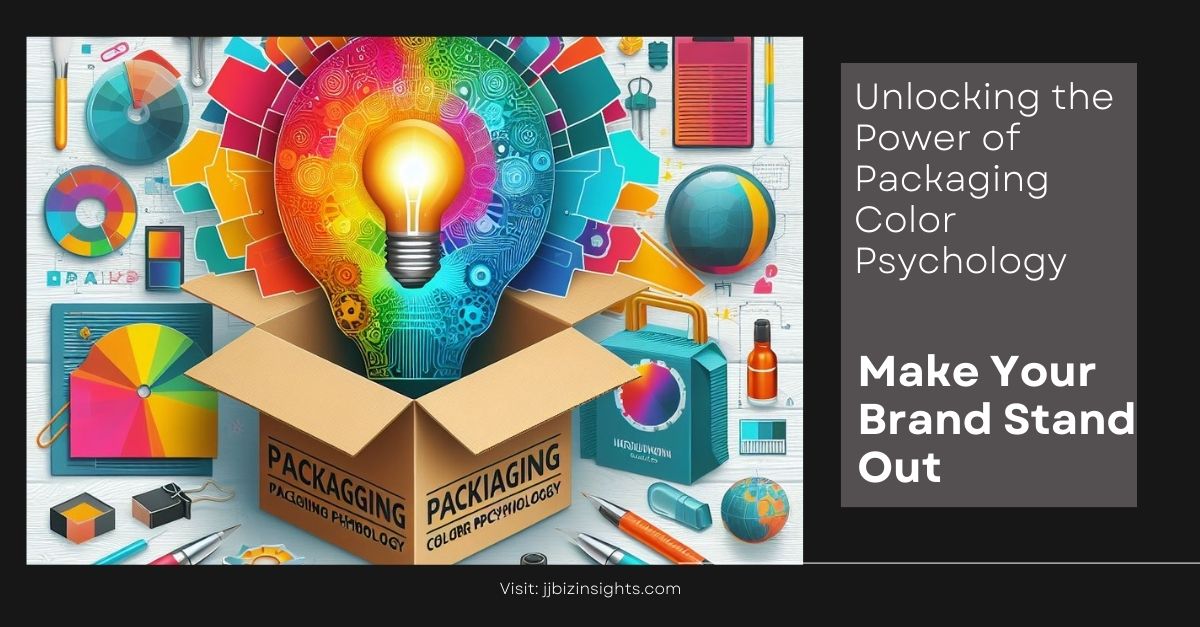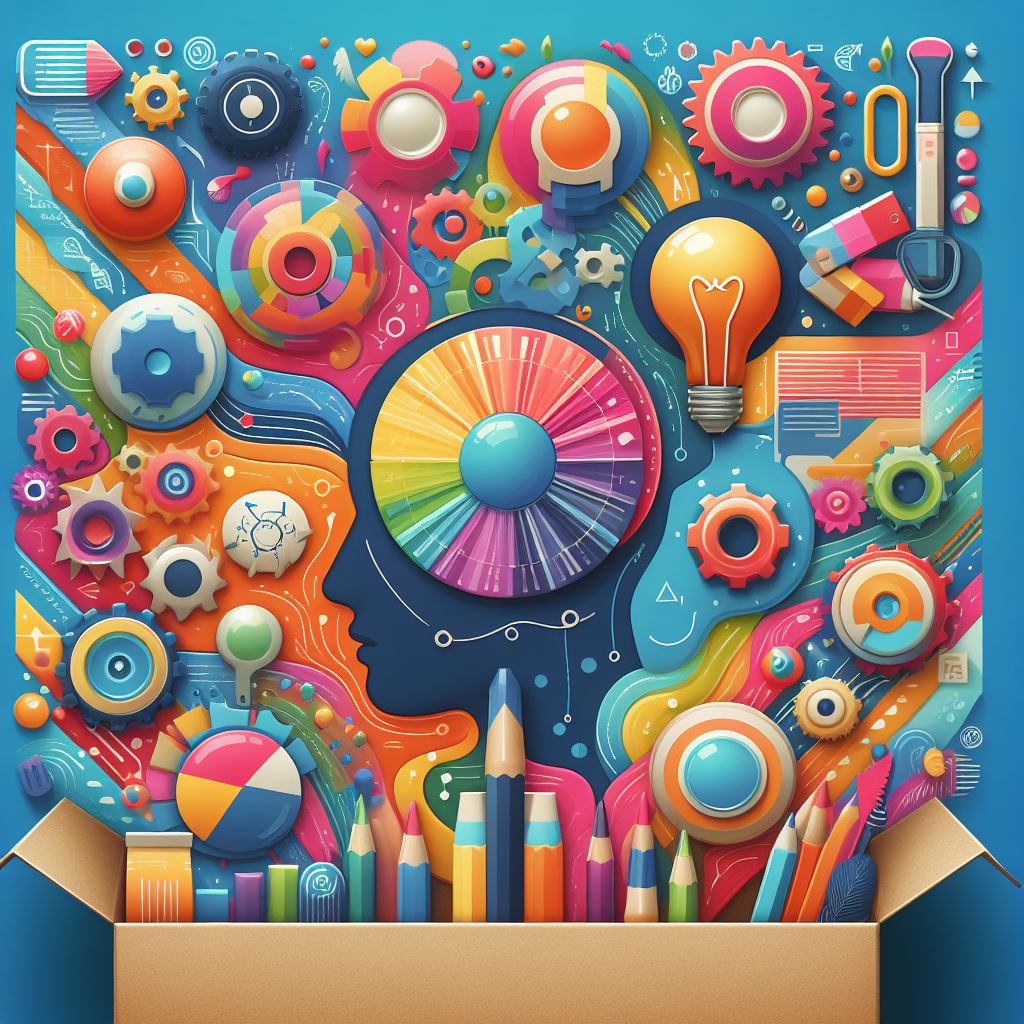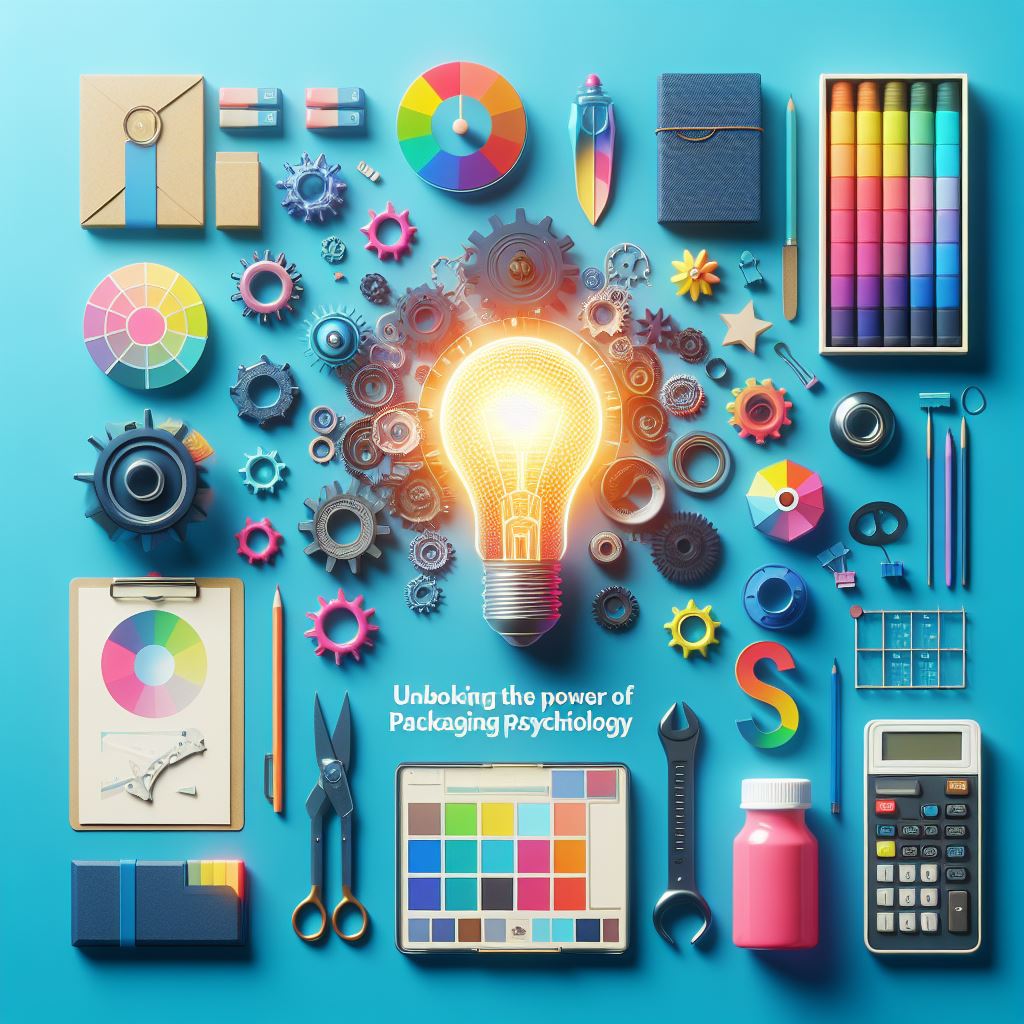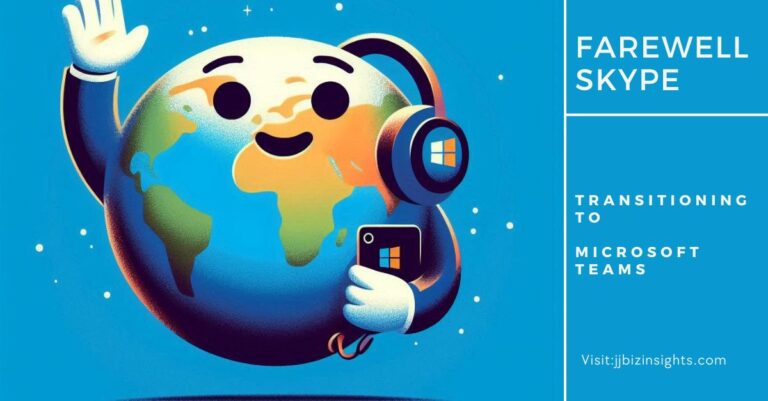
Unlocking the Power of Packaging Color Psychology
Packaging color psychology plays a significant role in influencing consumer behavior and shaping brand perception. Let’s explore the meanings associated with different colors and how they can impact your packaging:
- Red:
- Emotions: Excitement, passion, and youthful zeal.
- Application: Red can grab attention and create a sense of urgency. It’s often used for limited-time offers or high-energy products.
- Orange:
- Emotions: Warmth, enthusiasm, and creativity.
- Application: Orange can evoke feelings of friendliness and approachability. It’s commonly seen in food and beverage packaging.
- Yellow:
- Emotions: Optimism, happiness, and energy.
- Application: Yellow can make your packaging feel cheerful and inviting. Use it for products that promote positivity.
- Green:
- Emotions: Health, freshness, and sustainability.
- Application: Green is associated with natural and eco-friendly products. It’s ideal for organic foods, skincare, and environmentally conscious brands.
- Blue:
- Emotions: Dependability, calmness, and trust.
- Application: Blue is often used by tech companies, financial institutions, and healthcare products. It conveys professionalism and reliability.
- Purple:
- Emotions: Luxury, creativity, and sophistication.
- Application: Purple can add an elegant touch to your packaging. It’s popular in cosmetics, chocolates, and high-end goods.
- Turquoise:
- Emotions: Tranquility, balance, and clarity.
- Application: Turquoise combines the calming effects of blue with the freshness of green. Consider it for wellness products or spa items.
- Pink:
- Emotions: Femininity, playfulness, and sweetness.
- Application: Pink appeals to a female audience and is commonly used in beauty, fashion, and confectionery packaging.
- Brown:
- Emotions: Earthiness, reliability, and simplicity.
- Application: Brown can create a rustic or natural look. It’s suitable for organic foods, coffee, and handmade products.
- Black:
- Emotions: Sophistication, elegance, and mystery.
- Application: Black adds a touch of luxury and exclusivity. High-end fashion, electronics, and premium goods often use black packaging.
- White:
- Emotions: Purity, simplicity, and cleanliness.
- Application: White packaging feels minimalist and modern. It’s versatile and works well for various product categories.
Remember that the choice of color should align with your brand identity, target audience, and the emotions you want to evoke. Whether you’re designing packaging for retail or eCommerce, understanding color psychology can help you create a memorable and impactful brand experience! 🌈📦
Packaging color psychology: Examples of Successful Color Combinations in Packaging

Packaging color psychology: Effective color combinations in packaging can significantly impact consumer perception and brand identity. Here are some successful color combinations used in product packaging:
- Red and White:
- Meaning: Red symbolizes passion, excitement, and strength, while white represents purity and simplicity.
- Application: Brands like Coca-Cola use this classic combination to evoke energy and refreshment.
- Blue and Gold:
- Meaning: Blue represents sincerity, cheer, and honesty, while gold signifies luxury and sophistication.
- Application: High-end products, such as perfumes or premium chocolates, often feature this combination.
- Green and Brown:
- Meaning: Green conveys growth, security, and happiness, while brown suggests earthiness and reliability.
- Application: Organic and eco-friendly brands use this pairing to emphasize natural ingredients and sustainability.
- Purple and Silver:
- Meaning: Purple represents uniqueness, edginess, and dependability, while silver adds a touch of modernity.
- Application: Luxury cosmetics or innovative tech gadgets often incorporate these colors.
- Yellow and Black:
- Meaning: Yellow signifies energy, optimism, and joy, while black exudes sophistication and mystery.
- Application: Sports equipment, energy drinks, and trendy fashion items often feature this bold contrast.
Remember that successful color combinations depend on your brand’s personality, target audience, and the emotions you want to evoke. Whether you’re aiming for vibrancy, elegance, or playfulness, thoughtful color choices can make your packaging stand out! 🌈📦
How to combine Colors effectively in Packaging?

Packaging color psychology: When it comes to combining colors effectively in packaging design, understanding color harmony is essential. Let’s explore some strategies for creating visually appealing color combinations:
- Complementary Colors:
- Complementary colors are hues that sit opposite each other on the color wheel. They create a striking contrast and can draw attention to your product.
- Examples of complementary color pairs include blue and orange, purple and yellow, or red and green.
- Analogous Colors:
- Analogous colors are adjacent to each other on the color wheel. They share similar undertones and create a harmonious blend.
- For instance, if you’re designing green tea packaging, consider using analogous shades like various greens and yellows.
- Triadic Colors:
- Triadic color schemes involve selecting three evenly spaced colors on the color wheel. These combinations are vibrant and balanced.
- For a lively energy drink packaging, you might use triadic colors like red, yellow, and blue.
- Stick to Core Brand Colors:
- While experimenting with new product packaging, maintain consistency with your brand’s core colors. These colors are already associated with your brand identity.
- Use additional colors as accents or highlights to enhance the overall design.
- Cultural Considerations:
- Remember that colors have cultural meanings. Research your target audience’s cultural preferences and heritage.
- For example, red symbolizes good luck in China, while white represents purity and simplicity in many Western cultures.
- Balance and Contrast:
- Achieve a balance between bold and subtle colors. Too many bright colors can overwhelm, while too many neutrals may appear dull.
- Use contrast strategically—for instance, dark text on a light background or vice versa—to ensure readability and visual impact.
- Test and Iterate:
- Don’t hesitate to create mockups and test different color combinations. Gather feedback from colleagues or potential customers.
- Iterate based on feedback until you find the perfect balance of colors that align with your brand and resonate with your audience.
Packaging color psychology: Remember that effective color combinations not only catch the eye but also convey your brand’s personality and message. Whether you’re aiming for vibrancy, elegance, or playfulness, thoughtful color choices can make your packaging stand out on the shelf! 🌈📦
How Emotional Branding Impacts Customer Loyalty and Retention





